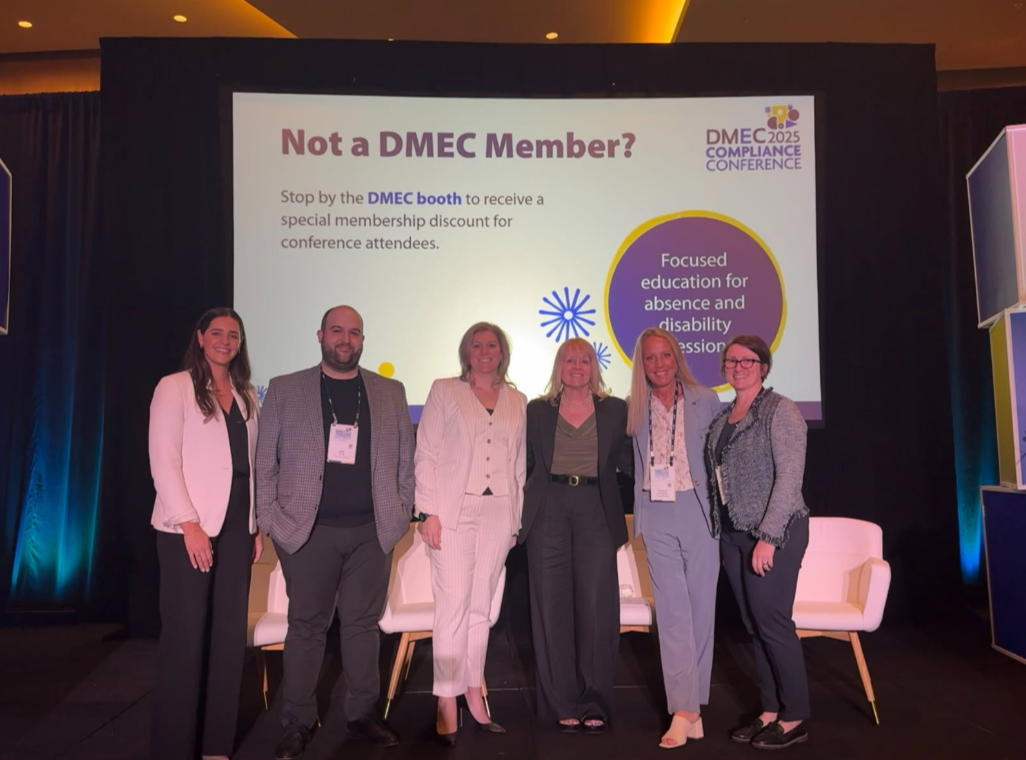A critical starting point in setting up a captive is the captive feasibility study. Captive feasibility studies come in many forms, and there are no industry standard report formats. As a result, many captive owners do not know what to expect as a final deliverable, and we see many feasibility reports that are severely lacking.
The feasibility study forms the cornerstone for the establishment of a captive and is usually one of the first documents that would be requested for in the event of an audit by the IRS.
Every captive actuarial study should include both qualitative and quantitative aspects. Not only should it clearly map out expected financial results, but it should also highlight important insurance considerations that ensure an appropriate and compliant captive structure.
To help provide a framework, here are five key questions that captive owners should be able to answer based on their captive feasibility study.
1. Do you have appropriate data?
As part of the captive feasibility study process, captive owners should work closely with their current insurance carriers to gather as much high-quality data as possible. The study should reflect at least the following for all proposed lines of coverage:
- All Plan Documents or Summary Plan Descriptions
- Current rates, volumes, exposures, and premiums
- At least 6 years’ worth of prior experience reports, which will show paid premiums, constant premiums, paid claims, and reserves by incurred year
- Large claim, premium rate, and plan change histories
This data will be used to develop future loss estimates once the coverage is placed in the captive. All of it should be readily available, and organizations should be reviewing this data regularly, regardless of whether it is undertaking a captive feasibility study.
2. Has an actuary reviewed your loss experience?
Once you’ve gathered the necessary experience data, it is important that an experienced actuary review it. All experience reports are different in layout and content, and an actuary will know best how to interpret the data, develop the best estimate of future losses, and ask the right questions of the carrier. A captive feasibility study should always include a robust actuarial analysis.
A good actuary will ensure that plan changes, rate changes, and overall population changes have been properly reflected in the experience report. If they aren’t, the actuary can make the necessary adjustments.
The actuary should also review the claim reserves that the carrier is reporting. In our experience, carriers typically overstate reserves due to conservative assumptions, inflating the loss ratio. A good actuary will independently calculate reserves to compute a more accurate estimate of historical loss ratios and future losses.
3. Do you have a clear sense for the expected administrative expenses – at the start of the program and ongoing?
Administrative expenses related to operating an employee benefits captive include actuarial, captive management, legal, audit, letter of credit (if used for collateral), carrier fronting fees, premium taxes, captive domicile fees, taxes, and state procurement taxes (if domiciled outside of home state).
These fees play a large role in determining whether the captive will be profitable at fully-insured market rates. If your captive charges rates higher than market rates to turn a profit, then the fees are too high. Carrier fronting fees are typically the largest expense and the most important to get right. Captive owners need to understand how these fees were determined in the captive feasibility study and if they are market competitive and realistic.
We always recommend that a company placing employee benefits in their captive conduct an RFP process to select vendors, and that includes competitive fee arrangements.
4. Is the party that conducted your feasibility study independent, or could there be a conflict of interest?
We have seen many captive feasibility studies completed by non-qualified entities or by organizations that have a vested interest. For instance, many insurance brokers will conduct a high-level analysis to conclude a captive program is not feasible. It is essential to understand the interests of all stakeholders and to work with organizations that have the appropriate credentials to help you make an informed decision.
Find an independent party who can provide an objective, transparent, and unbiased recommendation.
5. Will the coverage qualify as insurance?
Every captive feasibility study must comment in detail on the qualitative aspects of captive insurance including what it means to qualify as insurance. This is an important consideration from a captive owner’s perspective and must be fully understood. There are many case laws that have commented on the lack of understanding of insurance company operations.
For instance, an important aspect of any insurance transaction is that it must achieve risk transfer and risk distribution. There are a few industry-accepted risk transfer tests that will demonstrate that the coverage adequately transfers risk from the insured to the captive. The “10-10 Test” is the most common, determining whether there is a 10% chance of a 10% loss. Alternatively, there is the Expected Reinsurance Deficit (ERD) Test where the threshold is an ERD ratio of at least 1%.
Risk distribution requires that the captive distribute its risk among several insureds. Typical risk distribution tests are meant to ensure that no more than 30%-50% of the risk is from the same insured, and if the captive is a brother-sister insurance company, there must be at least 12 participating entities, each having no more than 15% of the risk.
We also recommend the Coefficient of Variation test to better understand the impact of the law of large numbers. As the number of independent exposures increases the less volatile actual loss experience will become and therefore more predictable.
Employee benefits or not, all captive feasibility studies should address whether there will be adequate risk transfer and risk distribution.
To summarize, a captive feasibility study is one of the most salient parts of placing employee benefits in a captive. Captive owners should aim for feasibility or refeasibility studies that are transparent, objective, highly robust, and consider all aspects of the captive transactions.


